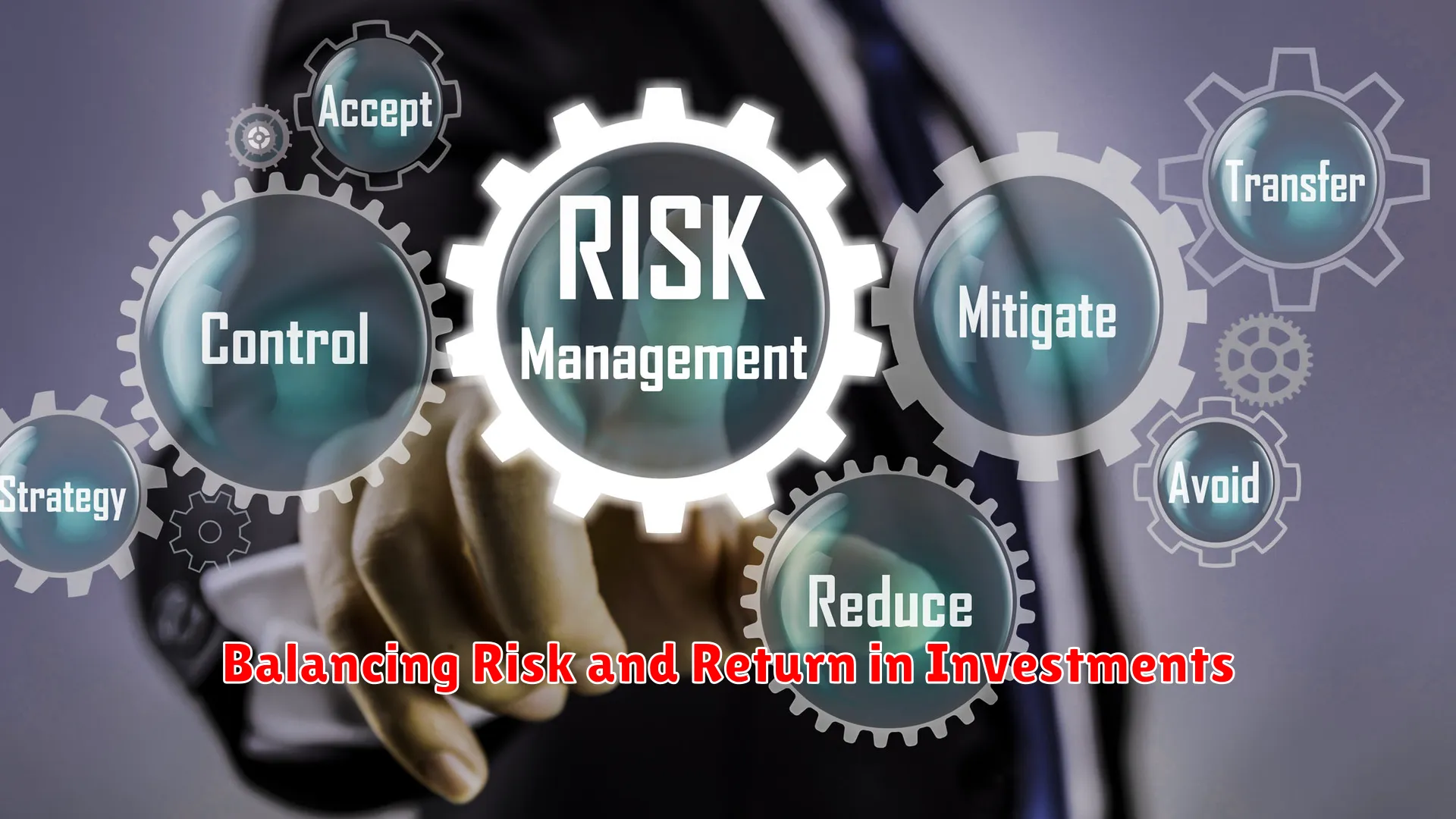Discover essential strategies to safeguard your wealth through effective risk management and insurance practices in our comprehensive guide, “Protecting Your Wealth: Strategies for Risk Management and Insurance.”
Understanding Financial Risks

When it comes to managing your wealth, understanding financial risks is crucial. Financial risks refer to the uncertainties that may impact your financial goals and assets. By recognizing and assessing these risks, you can take proactive steps to protect your wealth and secure your financial future.
There are various types of financial risks that individuals may face, including market risk, inflation risk, interest rate risk, and longevity risk. Market risk, for example, occurs due to fluctuations in the stock market, which can affect the value of your investments. Inflation risk pertains to the decrease in the purchasing power of your money over time, impacting the real value of your assets.
Understanding these risks involves evaluating your risk tolerance and developing a risk management strategy. It’s essential to stay informed about the current economic climate and market trends to make informed decisions regarding your investments. Diversification of your investment portfolio can help mitigate risks and reduce the impact of market fluctuations on your wealth.
Insurance also plays a critical role in managing financial risks. By having adequate insurance coverage, you can protect yourself and your assets from unexpected events such as accidents, natural disasters, or health-related issues. Insurance policies such as life insurance, health insurance, and property insurance can provide a safety net in times of need.
Types of Insurance Coverage

When it comes to protecting your wealth through risk management and insurance, understanding the types of insurance coverage available is crucial. Here are some common types of insurance you can consider:
1. Life Insurance
Life insurance provides financial security for your loved ones in the event of your death. It pays out a lump sum to your beneficiaries, helping them cover expenses and maintain their standard of living.
2. Health Insurance
Health insurance is essential for managing the high costs of medical care. It helps cover expenses related to doctor visits, hospital stays, prescriptions, and other healthcare services.
3. Property Insurance
Property insurance protects your physical assets, such as your home, car, or business, against damage or loss due to theft, fire, natural disasters, or other unforeseen events.
4. Liability Insurance
Liability insurance provides protection against legal claims and lawsuits that may arise from injuries or damages caused by you or your property. It helps cover legal expenses and settlements.
5. Disability Insurance
Disability insurance offers income replacement if you are unable to work due to a disability. It ensures that you can continue to meet your financial obligations even if you are unable to earn an income.
By having the right mix of insurance coverage tailored to your needs, you can safeguard your wealth and protect yourself from unexpected financial hardship.
Balancing Risk and Return in Investments

When it comes to managing your wealth effectively, understanding how to balance risk and return in investments is crucial. This delicate balance is key to achieving financial growth while safeguarding your assets against potential losses.
Diversification: One of the fundamental strategies for balancing risk and return in investments is diversification. By spreading your investments across different asset classes such as stocks, bonds, real estate, and commodities, you can mitigate risks associated with a single asset class’s performance. Diversification helps you avoid putting all your eggs in one basket, reducing the impact of market volatility on your overall portfolio.
Risk Tolerance: Understanding your risk tolerance is essential in balancing risk and return. Your risk tolerance determines how much volatility you can stomach in your investments. If you have a low risk tolerance, you may opt for more conservative investments with lower potential returns but also lower risks. On the other hand, if you have a higher risk tolerance, you may be comfortable with more aggressive investments with higher potential returns but also higher risks.
Time Horizon: Consider your time horizon when balancing risk and return. Your investment goals and the time you have to achieve them will influence the level of risk you can afford to take. For long-term goals, such as retirement planning, you may have a higher risk tolerance because you have more time to ride out market fluctuations. Short-term goals, like saving for a down payment on a house, may require a more conservative investment approach to protect your principal.
Regular Monitoring and Rebalancing: To maintain the balance between risk and return in your investments, it’s important to regularly monitor your portfolio’s performance. Market conditions, economic factors, and your own financial goals may change over time, necessitating adjustments to your investment strategy. Rebalancing your portfolio periodically ensures that your asset allocation remains aligned with your risk tolerance and investment objectives.
By carefully considering diversification, risk tolerance, time horizon, and regular monitoring and rebalancing, you can effectively balance risk and return in your investments. This strategic approach is essential for protecting your wealth and achieving your long-term financial goals.
Estate Planning and Asset Protection

When it comes to protecting your wealth, incorporating estate planning and asset protection strategies is paramount. Establishing a comprehensive estate plan ensures that your assets are distributed according to your wishes, while asset protection safeguards your wealth from potential risks and threats.
One key aspect of estate planning is creating a will or trust to outline how your assets will be managed and distributed upon your passing. This not only provides clarity for your loved ones but also helps minimize estate taxes and potential disputes.
Additionally, asset protection involves structuring your assets in a way that shields them from creditors, lawsuits, or other financial liabilities. This can be achieved through trusts, limited liability entities, or insurance policies designed to protect your wealth from unforeseen events.
It is important to regularly review and update your estate plan and asset protection strategies to reflect changes in your financial situation, family dynamics, or legal regulations. By taking a proactive approach to estate planning and asset protection, you can mitigate risks and preserve your wealth for future generations.
Insurance Planning for Life Stages

When it comes to protecting your wealth through risk management and insurance, considering the various life stages is crucial. Each phase of life brings unique financial needs and challenges that can be addressed through tailored insurance planning strategies.
1. Young Adults and Starting Out
For young adults just starting their careers and families, building a solid financial foundation is key. Consider health insurance for unexpected medical bills, disability insurance to protect your income, and renters or homeowners insurance for your living space.
2. Growing Families and Responsibilities
As families grow, so do financial responsibilities. Life insurance becomes essential to ensure financial security for loved ones in the event of the unexpected. Education savings plans and long-term care insurance are also important considerations at this stage.
3. Nearing Retirement
Approaching retirement age requires a careful review of insurance coverage. Long-term care insurance can help safeguard retirement savings from healthcare expenses. Umbrella liability insurance provides added protection as assets grow, and health insurance for retirees is crucial.
4. Golden Years and Estate Planning
During retirement and estate planning, estate planning insurance can help manage estate taxes and ensure a smooth transfer of assets. Medicare supplemental insurance and funeral expense insurance may also be beneficial to ease financial burdens on loved ones.
Conclusion
Implementing sound risk management and insurance strategies is crucial to safeguarding your wealth and financial future against unforeseen events.

